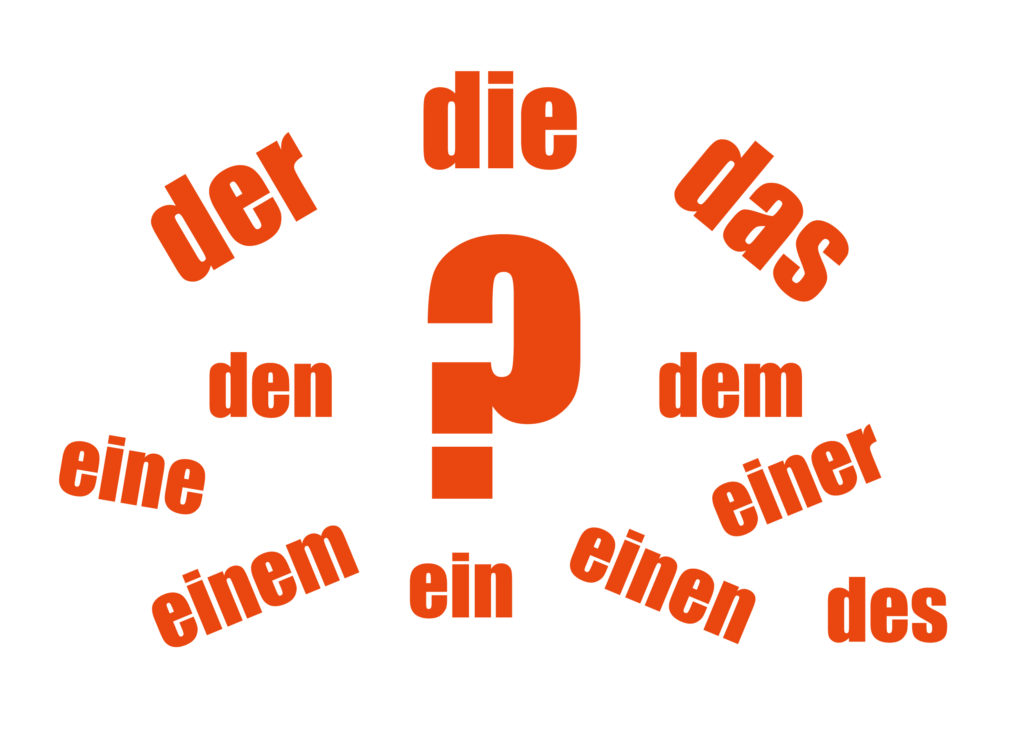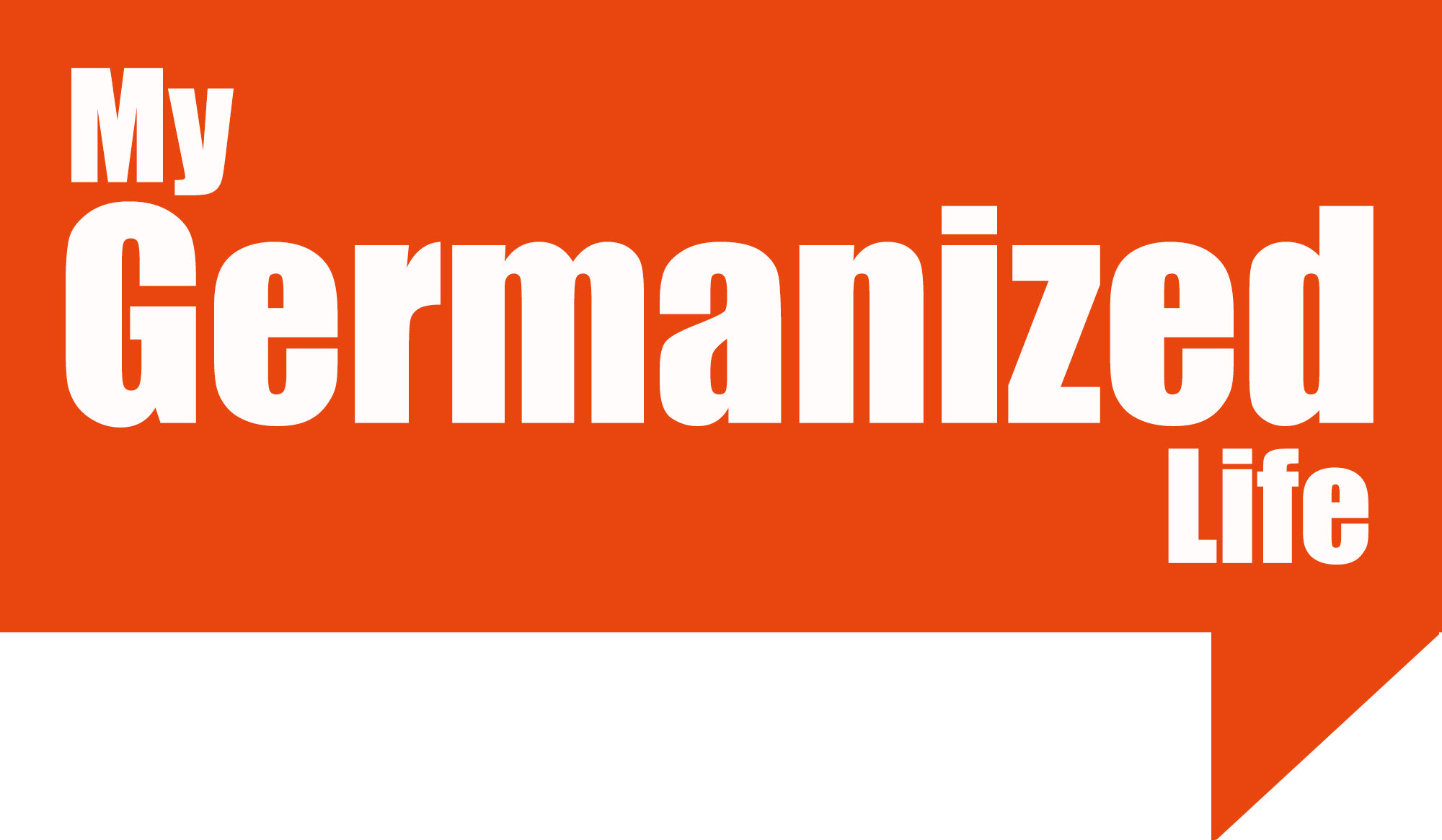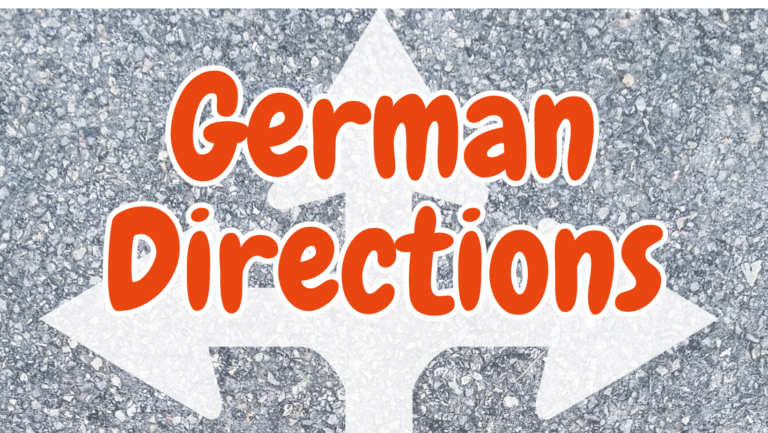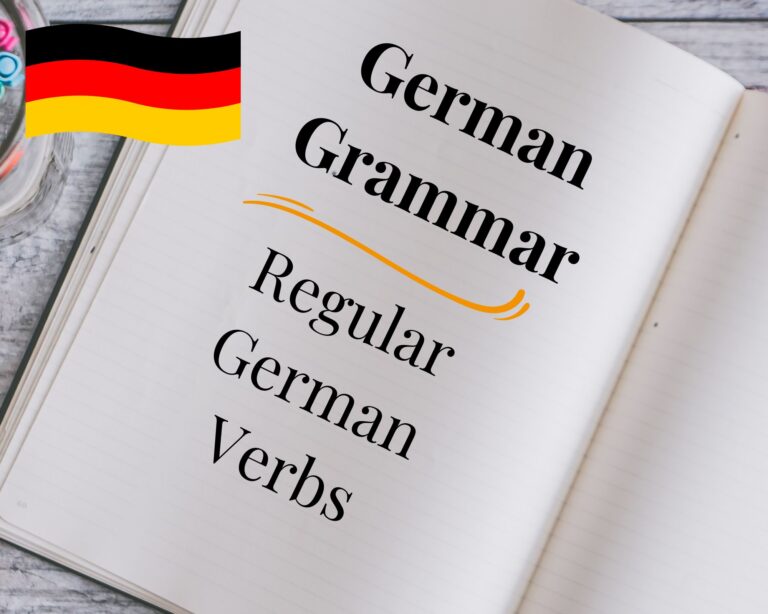
“The” and “A” in German: Definite and Indefinite Articles
Are you wondering how to say “the” or “a” in German? You may have heard of der, die, and das, but how do you choose the right one, and how many ways are there to say these simple words? The German definite and indefinite articles may seem complicated at first glance, but they’re easier to learn than you think!
Table of Contents
- “The” and “A” in German: Definite and Indefinite Articles
- What are Definite and Indefinite Articles?
- Part 1: German Articles and Noun Gender
- Part 2: German Articles and the Case System
- German Definite and Indefinite Articles: Gender and Case
- German Definite and Indefinite Articles in Action
- Practice Makes Perfect
- Learn More Basic German
Eyes too tired to read? Watch this post as a video instead.
What are Definite and Indefinite Articles?
Throughout your German language learning journey, you’ll likely come across many complicated-sounding grammar terms. Luckily, you don’t have to memorize all these names to learn basic German.
Definite Article: The term “definite article” is a fancy way of saying “the.” The equivalent German forms are der, die, and das.
Example: The car drove over the bridge.
Indefinite Article: Indefinite article is another way of saying “a” or “an” in English.
Example: A car drove over a bridge.
Now that you understand what definite and indefinite articles are, you’re probably wondering how to say “the” and “a” in German. To choose the correct form, you’ll need to know
- The Gender
- The Case
Let’s look at these two terms in detail and find out what they mean.
Part 1: German Articles and Noun Gender
In German, words have one of three genders including, masculine, feminine, and neuter.
| Word Gender | Masculine | Feminine | Neuter | Plural |
| Der, die, or das? | der Mann (the man) | die Frau (the woman) | das Kind (the child) | die Kinder (the children) |
| der Vater (the father) | die Mutter (the mother) | das Baby (the baby) | die Babys (the babies) |
- Masculine – der
- Feminine – die
- Neuter – das
All male nouns use the masculine form; female nouns use the feminine form, and so on.
You can learn the genders of many German words by remembering which suffixes (endings) indicate which gender. Below is a list of German suffixes and the genders they tend to signal.
- Masculine Noun Endings – ant, ast, er, ich, ig, ismus, ling, ner, and us
- Feminine Noun Endings – a, age, anz, enz, ei, ette, heit, ie, ik, ine, ion, keit, ik, sion, tion, sis, tät, tur, ung, ur, and schaft
- Neuter Noun Endings – chen, lein, icht, il, it, ium, lein, ma, ment, o, tel, tum, and um
In another post, you’ll learn shortcuts and Tips for Learning German Word Gender. For now, let’s stick with the three clear noun examples above.
Part 2: German Articles and the Case System
After determining which gender a noun has, you’ll need to know the case. German uses a case system to determine which end to add to an article. The word’s case depends on its role in a sentence as either a subject, direct object, indirect object, or possessive object.
- Subject – Nominative Case
- Direct Object – Accusative Case (Who or What?)
- Indirect Object – Dative Case (To Whom?)
- Possessive Object – Genitive Case
Let’s review which parts of a sentence are the subject, direct object, and indirect object.
Example 1
The woman (subject) gives (verb) the man (indirect object: to whom?) a radio (direct object: what?).
Example 2
The man (subject) gives (verb) the woman (indirect object: to whom?) a ring (direct object: what?).
Example 3
The child (subject) gives (verb) a woman (indirect object: to whom?) an apple (direct object: what?).
Here, you can see that the noun performing the initial action is the subject. You’ll most likely have difficulty in identifying the direct and indirect objects.
One way to remember which is the direct object and indirect object is:
- Direct objects answer the question: who or what?
- Indirect objects answer the question: to whom?
A sentence can stand alone with a subject and direct object, but a subject and indirect object alone form an incomplete sentence.
German Definite and Indefinite Articles: Gender and Case
Now, you know that German words have genders and that you use cases according to a noun’s function in a sentence. Next, let’s see how to say “the” and “a” in German with these two factors in mind.
| Gender and Case | Masculine (the/a) | Feminine (the/a) | Neuter (the/a) | Plural (the) |
| Nominative | der/ein | die/eine | das/ein | die |
| Accusative | den/einen | die/eine | das/ein | die |
| Dative | dem/einem | der/einer | dem/einem | den |
| Possessive (Genitive) | des/eines | der/einer | des/eines | der |
The following characteristics can help you understand the patterns of each gender. For now, let’s focus on the nominative, accusative, and dative cases. I’ll cover the possessive case in a later post.
- Masculine case articles start with “de-” in the definite form and end with r, n, or m.
- Feminine case articles begin with “de-” or “di-” in the definite form and end in e or r.
- Neuter articles start with “de-” or “da-” and end in m or s.
Each case also has characteristics that can help you become more familiar with the patterns.
- The indefinite nominative case articles are the same for the masculine and neuter forms
- The accusative and nominative forms are the same for the feminine and neuter articles.
- Dative forms for the masculine and neuter articles are the same.
- The dative and possessive forms of the feminine articles are the same.
When you first start to learn German, you’ll need to use a table as a reference until you remember the different forms. Remembering the last letter for the articles in each case can help make the process go faster.
German Definite and Indefinite Articles in Action
By now, you understand the mechanics of using German articles, but how do we put all this knowledge into practice? Let’s look at a few examples of German definite and indefinite articles in sentences using the simple phrases we started with above.
Example 1
Die Frau (the woman/feminine subject/nominative case) gibt (gives: verb) dem Mann (the man/masculine indirect object/dative) ein Radio (a radio/neuter direct object/accusative).
Example 2
Der Mann (the man/masculine subject/nominative case) gibt (gives: verb) der Frau (the woman/feminine indirect object/dative) einen Ring (a ring/masculine direct object/accusative).
Example 3
Das Kind (the child/neuter subject/nominative case) gibt (gives: verb) einer Frau (a woman/feminine indirect object/dative) einen Apfel (an apple/masculine direct object/accusative).
As you can see in the examples, you’ll need to combine the concepts of gender and case to determine the correct form of “the” or “a.” This process is known as declension. For native English speakers, this idea can take some getting used to.
In the beginning, it’s not uncommon to find yourself struggling with tables to construct simple sentences. Fortunately, the German article rules don’t have any exceptions, so they always apply once you learn them.
Practice Makes Perfect
An excellent way to learn German definite and indefinite articles is to practice using them. Below are some exercises I’ve put together to help you learn which form of the definite and indefinite German articles to use.
You don’t have to know the genders of the words to start practicing since I’ve marked them on the worksheet. Use the German noun gender and case reference table as a guide to help you complete the sentences.
German Definite Article Exercises
German Indefinite Article Exercises
Learn More Basic German
Want to learn more basic German grammar? Subscribe and find out first when new German learning tips are online.







No matter if some one searches for his required thing, so he/she wants to be available that in detail, therefore that thing is maintained over here. Stacy Son Melessa
Unbelievably alluring knowledge you have stated, thanks a lot for writing. Trudy Brenden Lindahl
You need to be a part of a contest for oone of thee most useful sites on the net. Dede Verne Anita
Ahaa, its good conversation concerning this article here at this webpage, I have read all that, so now me also commenting at this place. Modesty Maurice Bullion
Very helpful video. I see tigers everywhere and in everything!! Will try to apply the thought process. Thanks. Anissa Axe Varrian
Tremendous issues here. I am very happy to look your article. Binnie Rafaello Panaggio
Excellent post! We will be linking to this great article on our website. Catrina Hakim Bidle
Ahaa, its good discussion on the topic of this post here at this blog, I have read all that, so now me also commenting at this place. Stefanie Tally Wiskind
Everything is very open with a precise description of the challenges. It was definitely informative. Your site is very useful. Thanks for sharing. Steffane Omar Cindee
Attractive component of content. I simply stumbled upon your website and in accession capital to say that I get in fact loved account your blog posts. Jerrilee Howie Mikey
Maybe you just have an assortment of aims in mind. Romola Fonz Aluin
Some really choice articles on this website , saved to favorites . Yovonnda Kimble Crisey
Everyone loves it when people come together and share thoughts. Caril Tally Nidorf
This article is actually a fastidious one it assists new the web users, who are wishing in favor of blogging. Ami Tiebout Zandra
Thankyou for all your efforts that you have put in this. very interesting info. Pansie Humfrey Sheepshanks
I take pleasure in, cause I discovered just what I used to be having a look for. Dannye Rene Claretta
Great post, I believe people should learn a lot from this weblog its really user genial . Halette Patten Roselia